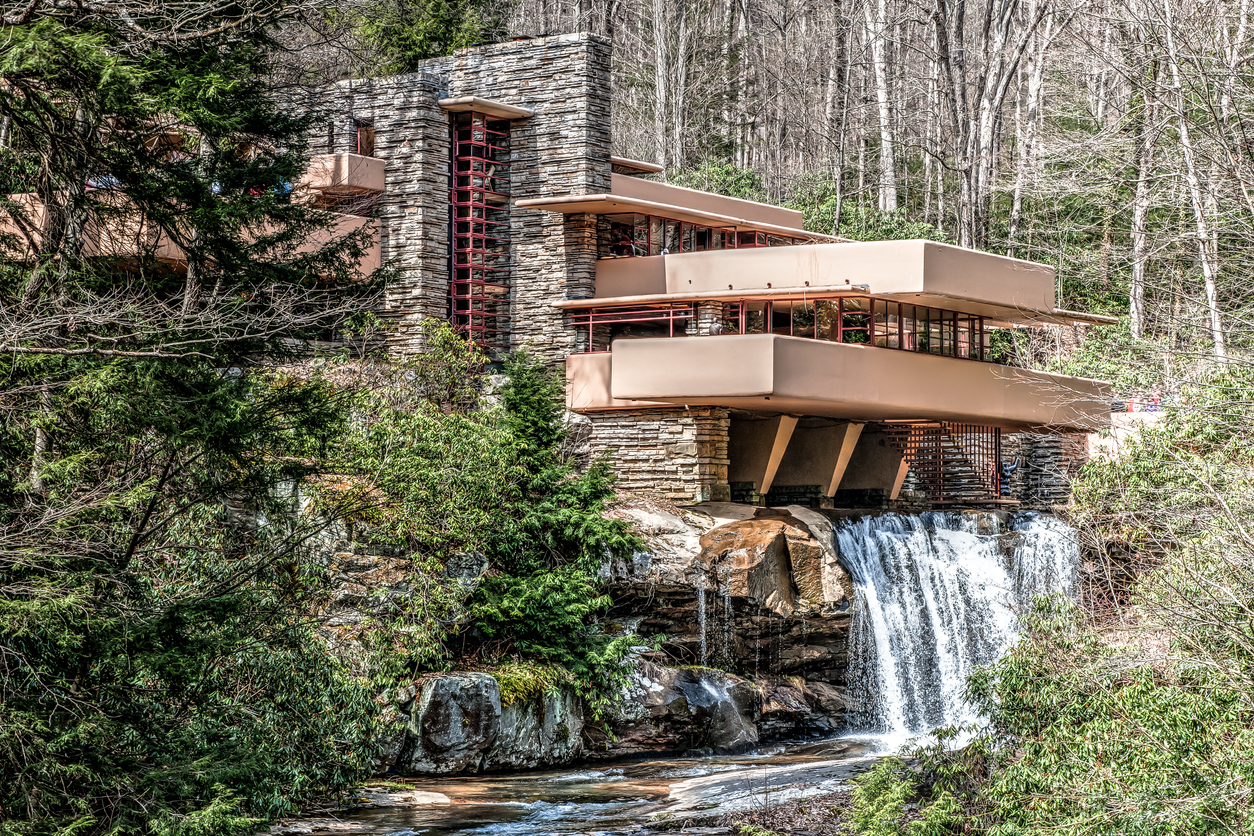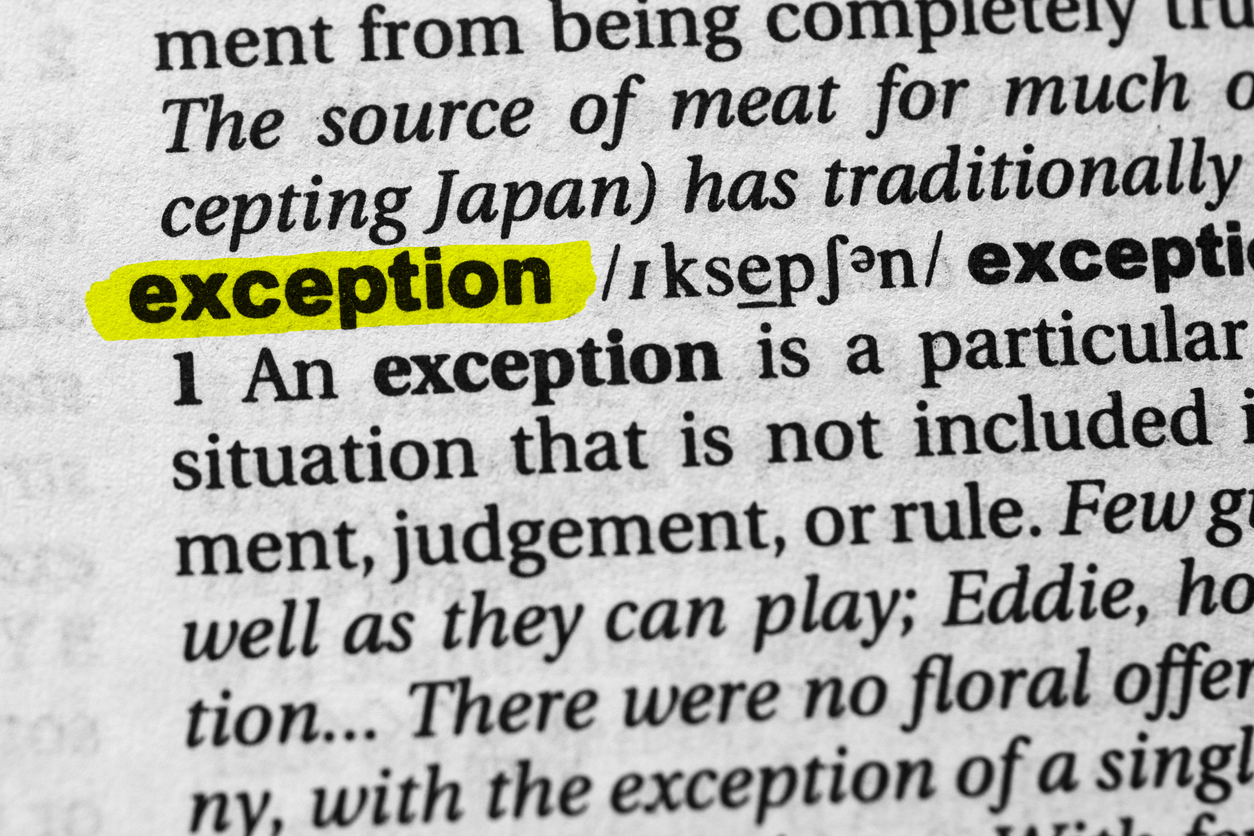Historic homes can be great investments often receiving tax breaks or lower interest loans, but an important factor that should be considered before purchasing a historic home, and one that is often overlooked, is the consideration of obtaining good insurance coverage which is a completely different process from insuring an average home. Before looking at the insurance issue, the question of what makes a house “historic” is interesting and provides an appropriate foundation. Historic homes often fall into two categories: houses built prior to 1945 and those build before 1900.1
According to the National Register Criteria for Evaluation, a property is only eligible for historic designation if it meets the following criteria:
Age: Is the property old enough? Like fine wine, historical properties get better with age. Generally, properties must be at least fifty years old in order to qualify for registration.
Integrity: According to the National Register, the integrity of a specific property can be defined through seven qualities: location, design, setting, materials, workmanship, feeling, and association. In other words, does the property still look the way it did in the past? Is it in its original location or has it been moved? Is the workmanship representative of a specific architectural style?
Significance: Is there a historical story or important event or person connected to the property?2
If a property meets the above criteria, then there is a good chance that it could be registered as a historical landmark which can be important for investment purposes. However, one of the most important considerations a potential purchaser can undertake first before investing in a historic home is to estimate what the total replacement cost would be if the home is destroyed. In fact, this valuation number is actually needed before a proper choice for insurance coverage can be made.
And if this is a first historic home purchase, it is essential that the novice purchaser understand that there is no correlation between the market value or the purchase price of the historic home and purchasing insurance for the cost to rebuild.3 This realization is critically important because the cost of rebuilding or restoring a historic home will often cost more than the market value of the home or the amount for which it could be sold. This is true because it involves replacement-in-kind coverage—using materials that are the equivalent of those that were damaged or destroyed.
Replacement-in-kind materials are expensive. Examples of replacement-in-kind materials could be a specific type of lumber, molding or flooring which may be hard to match or difficult to obtain if at all. It costs more to replace solid brass fixtures than brass-plate fixtures that are generally used today, and solid-wood doors cost more than today’s typical hollow-core doors. To obtain a proper valuation, a prospective purchaser should look for an insurance company with a good underwriting team that, in turn, employs highly trained appraisers with experience inspecting and calculating the cost to rebuild historic homes.4 These appraisers often titled as “restoration appraisers” are specialized and expensive but well worth it.
In addition to the above analysis, the cost of complying with local building codes and zoning ordinances that change frequently and did not exist a century ago or whenever the historic home was originally built, must be included in the cost of rebuilding. Local building codes are generally enforced and may affect various aspects of rebuilding or repairing a historic home after a loss. Compliance with such codes could include big-ticket items such as rewiring the electrical system, or replacing an entire plumbing system, or widening stairways and/or hallways to improve fire safety.5 While the standard homeowner’s policy for complying with building codes is normally ten percent which might be adequate for newer homes, it would likely be deficient for the rebuilding of a historic home. If possible, therefore, it is prudent to try and obtain a policy that does not have a limit for compliance with local building codes and ordinances.
Estimates show that overall it can cost at least fifty percent more to rebuild a historic home than to build a similar size home with modern materials.6 Once a potential purchaser however, is armed with a detailed and accurate analysis of the home’s special materials, features, workmanship, design, and the cost of complying with local building codes, a more realistic cost to repair/restore or rebuild a historic home can be established.
With the initial step completed of approximating the cost amount to rebuild or restore a historic home in hand, proper insurance coverage to protect a historic home and its owner can be chosen.
The best type of coverage for a historic home insurance policy is one that has unlimited guaranteed replacement cost coverage. This type of coverage requires the insurer to fully cover the entire cost to repair or rebuild a home’s historically significant elements or unique features back to its original state (using like-kind materials and workmanship) regardless of the policy’s insured amount.7 Although guaranteed replacement cost coverage will cost more to procure than standard home insurance – approximately twenty percent more8 – the extra expense is worth it to give a historic home purchaser peace of mind in knowing that he/she will be able to fully recover in case of a disastrous event.
Another popular coverage is “extended replacement cost” which is less expensive than guaranteed replacement cost coverage. It too carries a guarantee that the insurer will pay the reasonable cost to rebuild the home after a covered loss, but it contains a percentage cap that restricts the total amount of coverage.9 Generally, the cap for most insurance companies for extended replacement cost coverage is twenty-five percent (25%) above the policy’s dwelling amount—simple math. If a policy’s dwelling amount is $300,000, extended replacement cost would amount to an extra $75,000. Again, in the case of guaranteed replacement cost coverage, there is no cap so the insurer will pay the entire cost no matter what the cost number may come to. In major disasters or catastrophic events such as a hurricanes or tornados when the normal cost of building supplies doubles, and labor is at a premium, a guaranteed replacement cost coverage policy will be the best choice for a historic home insurance policy to insure full replacement coverage.
Takeaway: Any old insurance policy will not do if the home is a historic home. Insuring property that has been around for a century will cost more by purchasing a guaranteed replacement cost coverage policy or an extended replacement cost policy, but if you are a preservationist, the cost is well worth it.
________________________________
1 See Arthur Murray, Historic Homes and Modern Insurance, at 2, HOMEINSURANCE.com.
2 See How to Apply the National Register Criteria for Evaluation, NATIONAL REGISTER BULLETIN, www.cr.nps.gov/nr.
3 See Timothy P. O’Brian, Protecting Historic Homes, at 3, Expert Commentary, IRMI.com, May 2016.
4 Id. at 4.
5 Id. at 9.
6 See Michele Lerner, What to Know about Insuring a Historic Home, Washington Post, Sept. 25, 2019.
7 Id. at 4.
8 See InMyArea.com, Everything You Need to Know About Insuring Historic Homes.
9 Id. at 5.




